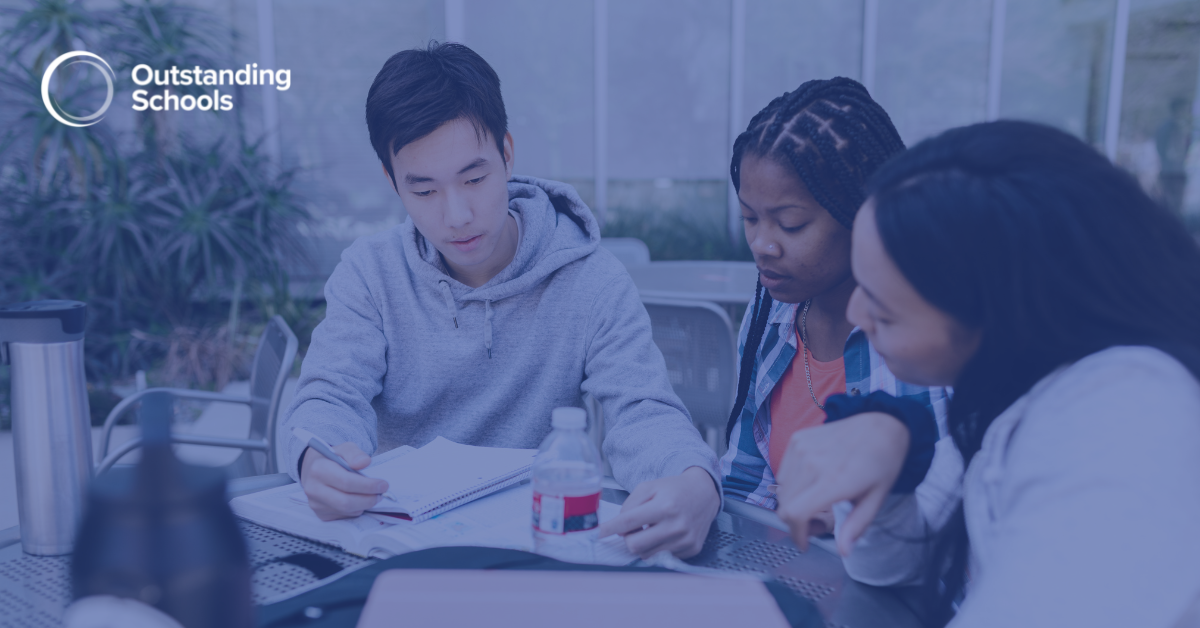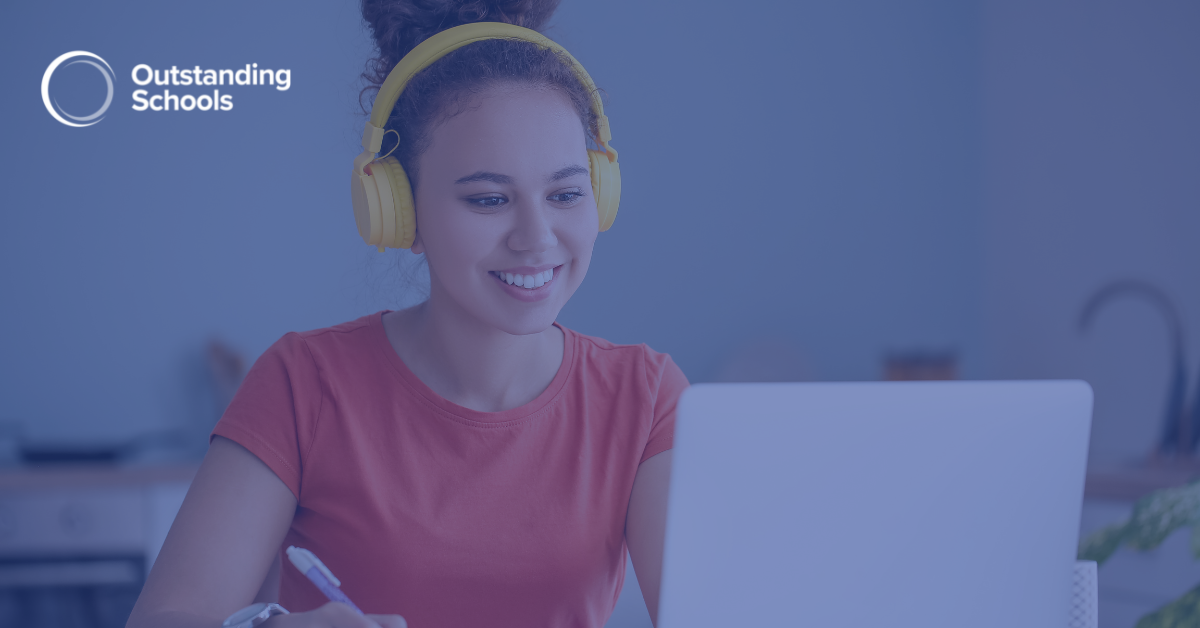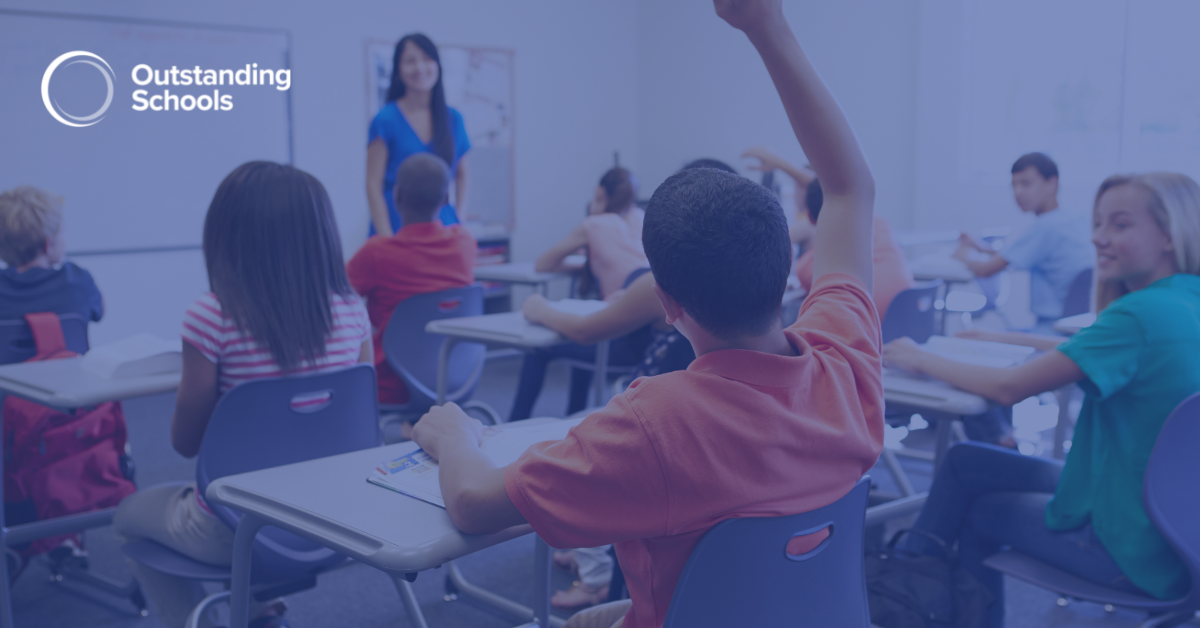How Learning Works | Dr Douglas Fisher
There was a time when “learning” was a black box – something that we were not sure how it operated. As a profession, we recognized that there were inputs that likely assisted with learning and outputs that allowed us to check to see if learning occurred, but the process of learning itself was unclear.
Fast forward several decades and we know a lot about learning. For example, we know about the role of attention and engagement. We no longer think of engagement as an either/or proposition. Students are not engaged or disengaged, but rather make choices along a continuum of engagement. And their teachers can take action to move students along the continuum so that students take increased responsibility for their learning. We also know that there are several cognitive barriers to learning that cause students to disengage. Again, teachers can take action to address, and remove, those barriers so that student learning is enhanced.
We’re also pretty clear that teacher clarity is an important aspect of learning. When students know what they are learning, why they are learning it, and how they will know that they have learned, they are much more likely to learn. This requires that educators analyze learning expectations and clearly communicate with students about success, specifically what it means to have learned something.
In addition, we recognize that there are several moves that teachers make that increase the likelihood that students learn. A dominant theory in this area is the gradual release of responsibility which suggests that educators intentionally and purposefully design learning experiences and move from assuming all of the responsibility for learning, to sharing responsibility, to ensuring that students are responsible for their learning. This occurs on multiple levels, from the lesson to the week to the unit to the year. Broadly speaking, these moves include:
- Teacher modeling and demonstrating, allowing students an apprenticeship opportunity to try-on the cognitive and metacognitive moves of others.
- Guiding thinking and learning to address errors and misconceptions through prompts, cues, and questions.
- Creating collaborative learning opportunities that allow students to interact with peers, using academic language, to consolidate their understanding.
- Assigning independent learning tasks that allow students to practice and apply what they have learned.
Of course, these moves require opportunities for elaborate encoding and retrieval practice and educators collect evidence of students’ learning to make adjustments so that students learn more and better over time. In these ways, educators monitor their impact on students’ learning and make adjustments to increase that impact. When these forces are at play, student learning accelerates.
This article was written by Douglas Fisher, Ph.D., Professor of Educational Leadership at San Diego State University and a teacher leader at Health Sciences High.
Join Douglas Fisher at the upcoming Outstanding Schools Middle East 2022 Conference, taking place between the 5th - 6th October in Dubai, for the keynote presentation 'How Learning Works - Research Based Practices to Accelerate Student Learning'.




